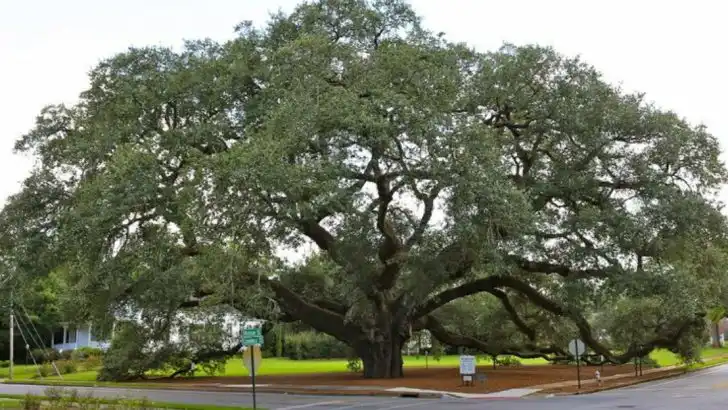Some trees don’t just grow—they remember. They’ve stood through battles, watched cities rise, and outlived generations. These aren’t your average backyard saplings. They’re giants that have survived fire, flood, war, and chainsaws—with the scars to prove it. Every gnarled branch tells a story. A storm they withstood. A moment in history they quietly observed. Want to feel goosebumps without leaving the ground? These 15 trees have been standing longer than some countries have existed—living monuments to everything we’ve been through.
The Charter Oak
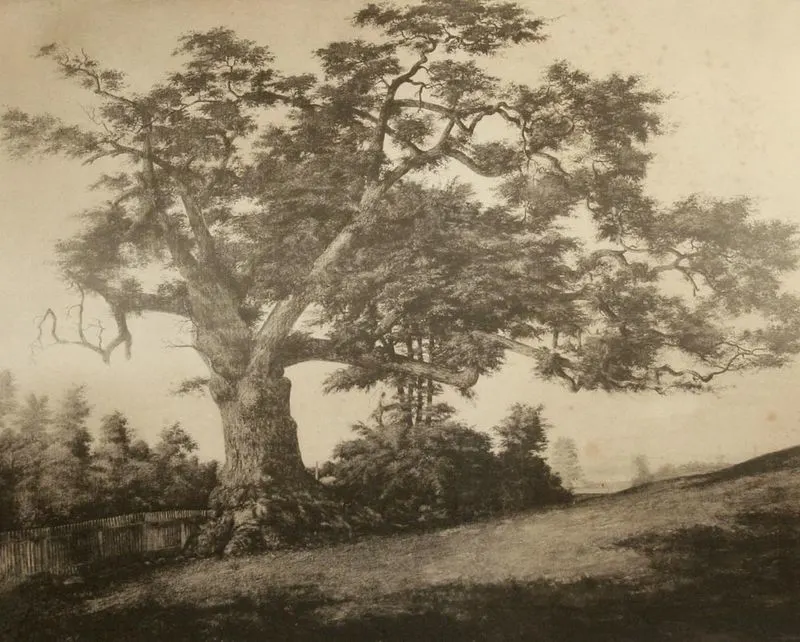
Once standing in Hartford, Connecticut, the Charter Oak was a symbol of American independence and defiance against tyranny. Legend has it that in 1687, Connecticut colonists hid their royal charter in this tree to protect it from confiscation. The tree’s imposing presence and sprawling branches offered a natural sanctuary for this daring act of preservation. Sadly, the Charter Oak fell during a storm in 1856, but its legacy remains ingrained in the state’s history. A memorial now stands where this extraordinary oak once grew, honoring its critical role in safeguarding liberty.
The Angel Oak
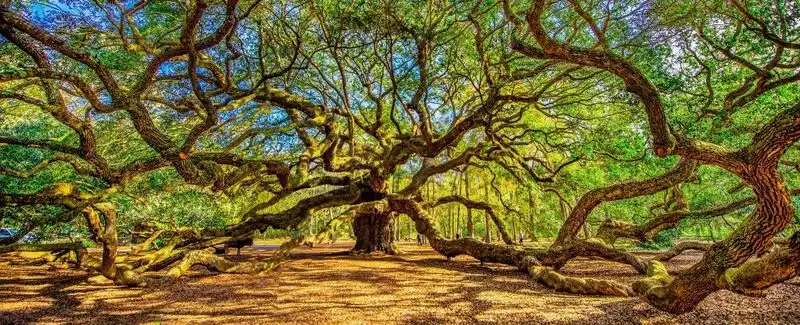
Located on Johns Island near Charleston, South Carolina, the Angel Oak is a massive Southern live oak that has stood for more than four centuries. With its sprawling limbs and enchanting drapery of Spanish moss, the Angel Oak creates a captivating canopy of natural beauty. Local folklore suggests that the tree is named after the ghosts of former slaves who appear as angels around the oak. The tree stands as a testament to the resilience and enduring spirit of the South, attracting visitors from around the world.
The Liberty Tree
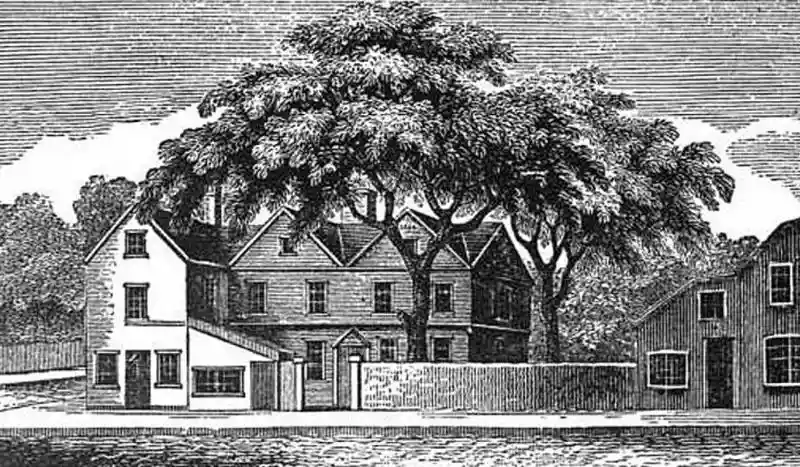
In the days leading up to the American Revolution, the Liberty Tree in Boston became a rallying point for patriots advocating for freedom. This grand elm tree witnessed the fervent discussions and passionate speeches of those fighting for independence. It served as a meeting place where individuals gathered to challenge British rule and assert their rights. Although the original tree was cut down by British loyalists in 1775, its spirit lives on as a symbol of the revolutionary fervor that shaped a nation.
The Treaty Oak
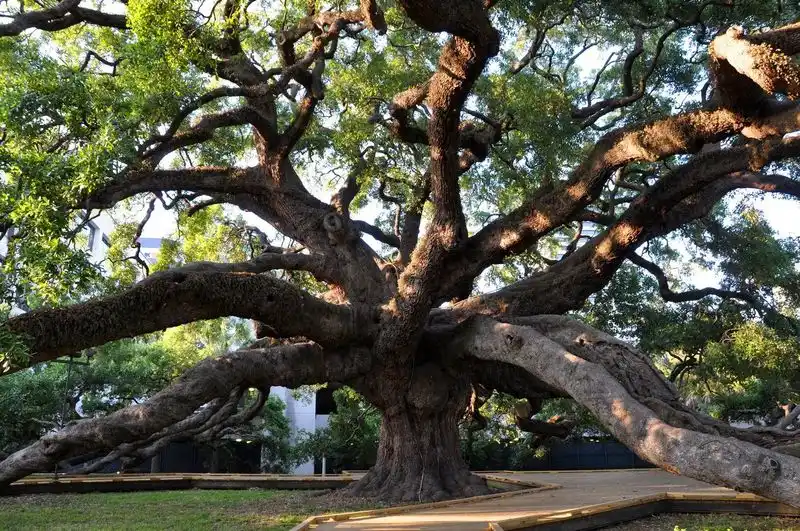
The Treaty Oak in Austin, Texas, is more than 500 years old and shrouded in legend. It is believed that Stephen F. Austin, the “Father of Texas,” signed a boundary treaty under its branches. The tree’s sprawling canopy and twisting limbs evoke a sense of awe and admiration. In the 1980s, a vandal attempted to poison the tree, but it was saved through dedicated efforts by the community. Today, the Treaty Oak stands as a living testament to both history and the resilience of nature.
The Wye Oak
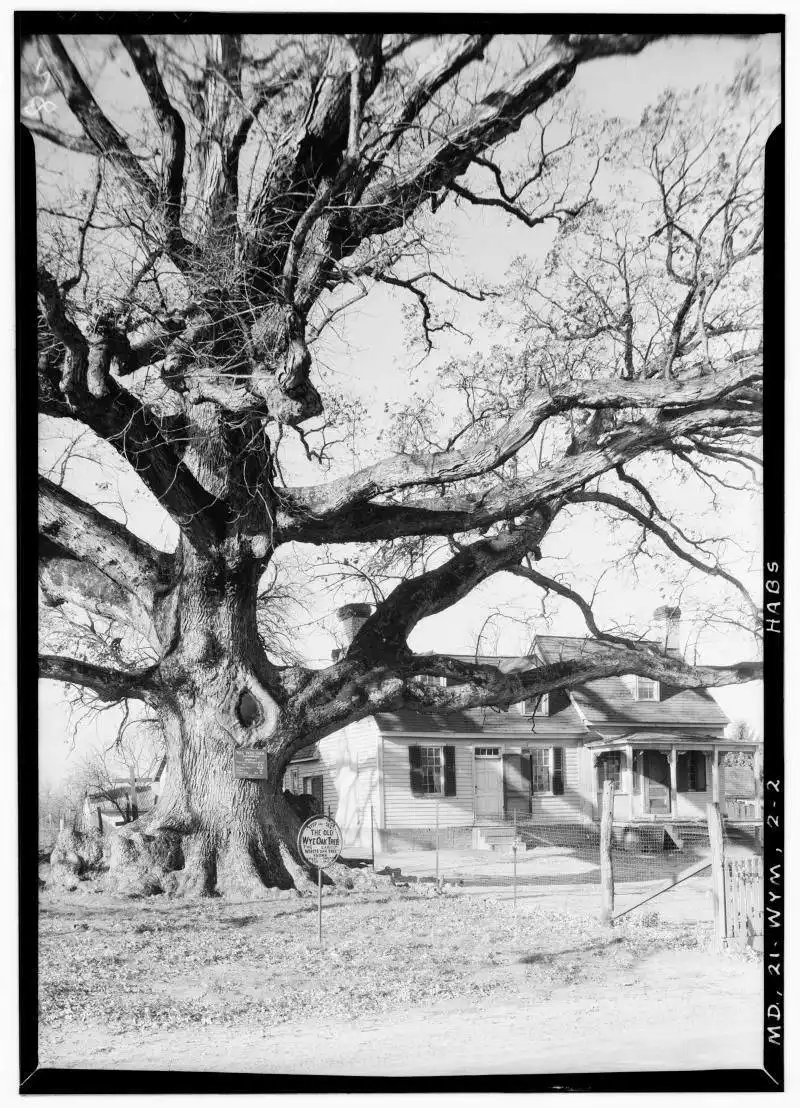
The Wye Oak, once located in Talbot County, Maryland, was a giant white oak that stood for nearly 500 years. Renowned for its immense size and beauty, it was designated as the state tree of Maryland in 1941. The Wye Oak’s thick trunk and strong branches provided shade and shelter to countless generations. Despite its fall during a thunderstorm in 2002, the memory of this magnificent tree continues to inspire appreciation for the natural world and the history it embodies.
The Seven Sisters Oak
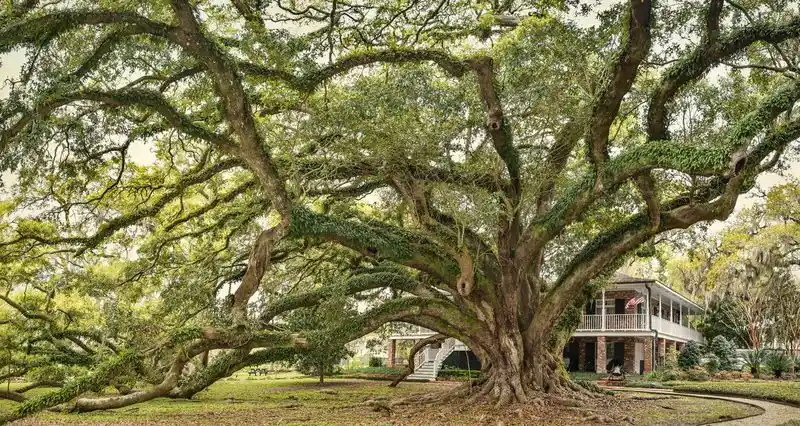
Nestled in Mandeville, Louisiana, the Seven Sisters Oak is a magnificent Southern live oak estimated to be over 1,200 years old. Its name comes from its seven main trunks, each symbolizing strength and unity. This impressive tree, with its many branches intertwined like a natural web, represents a connection to the past and the enduring spirit of the community. Locals regard it as a cherished landmark, embodying both natural beauty and deep historical roots.
The Big Oak
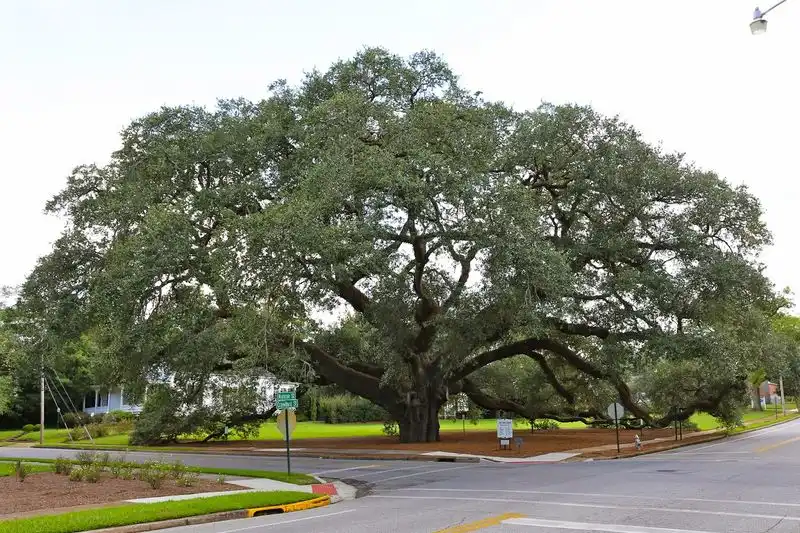
The Big Oak in Thomasville, Georgia, is a remarkable Southern live oak that has been a centerpiece of the community for over three centuries. With its massive trunk and sweeping branches, the Big Oak exudes a sense of timeless grandeur. This magnificent tree has witnessed the town’s evolution, serving as a silent observer to the passage of time. It stands proudly as a testament to the town’s heritage and draws visitors eager to experience its majestic presence.
The Fremont Cottonwood
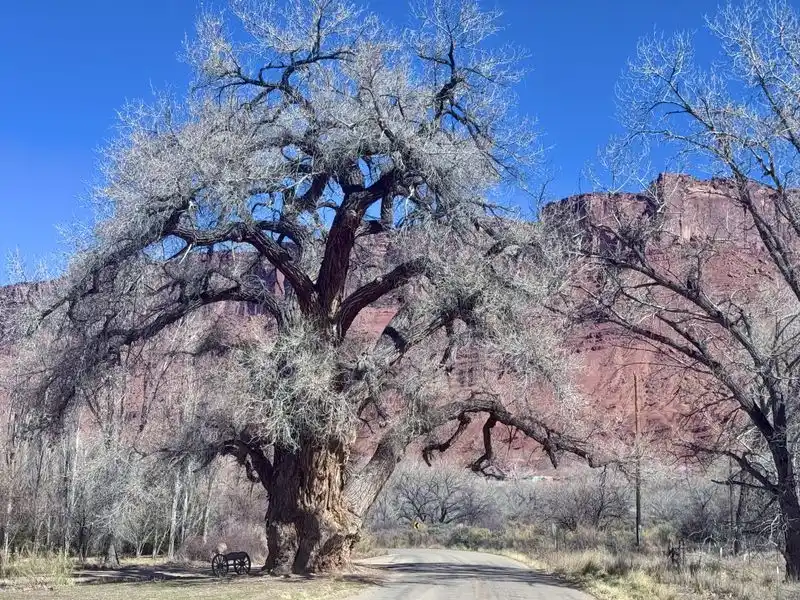
Located in the desert town of Springville, Utah, the Fremont Cottonwood stands as a testament to survival in harsh conditions. This towering tree, with its shimmering leaves, provides a striking contrast to the arid desert landscape. The Fremont Cottonwood has stood for over 200 years, offering shade and respite to weary travelers. Its presence serves as a reminder of nature’s ability to thrive even in the most challenging environments, embodying resilience and endurance.
The Methuselah Tree
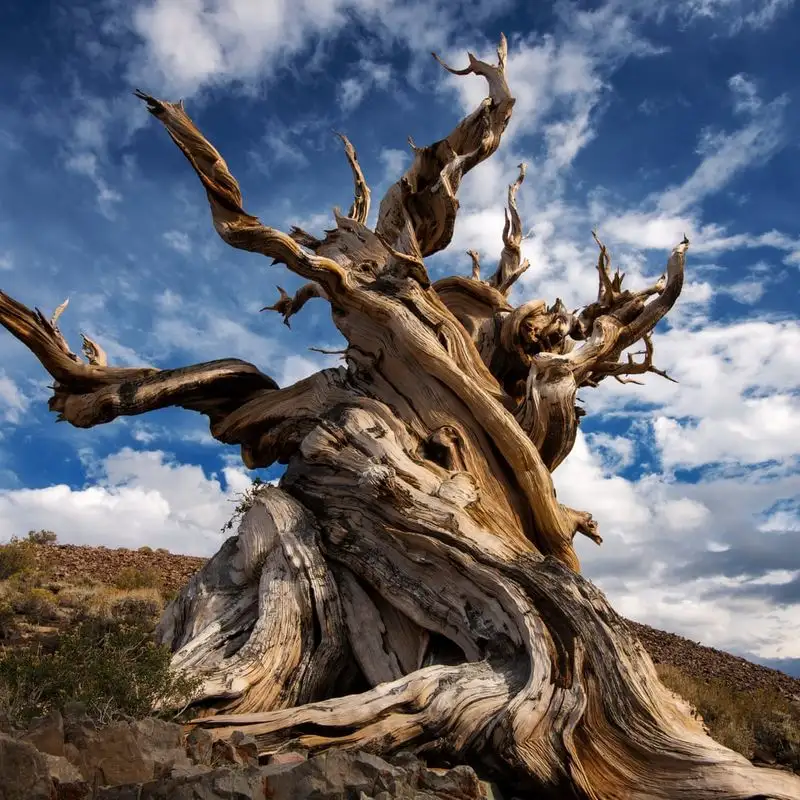
High in the White Mountains of California, the Methuselah Tree is believed to be nearly 5,000 years old, making it one of the oldest living organisms on Earth. Its gnarled and twisted form reflects the harsh conditions it endures, standing as a symbol of resilience and timeless strength. The Methuselah Tree captivates those who seek to understand the mysteries of longevity and survival. It whispers stories of ancient times, inviting visitors to ponder the secrets of its enduring existence.
The Pando Tree
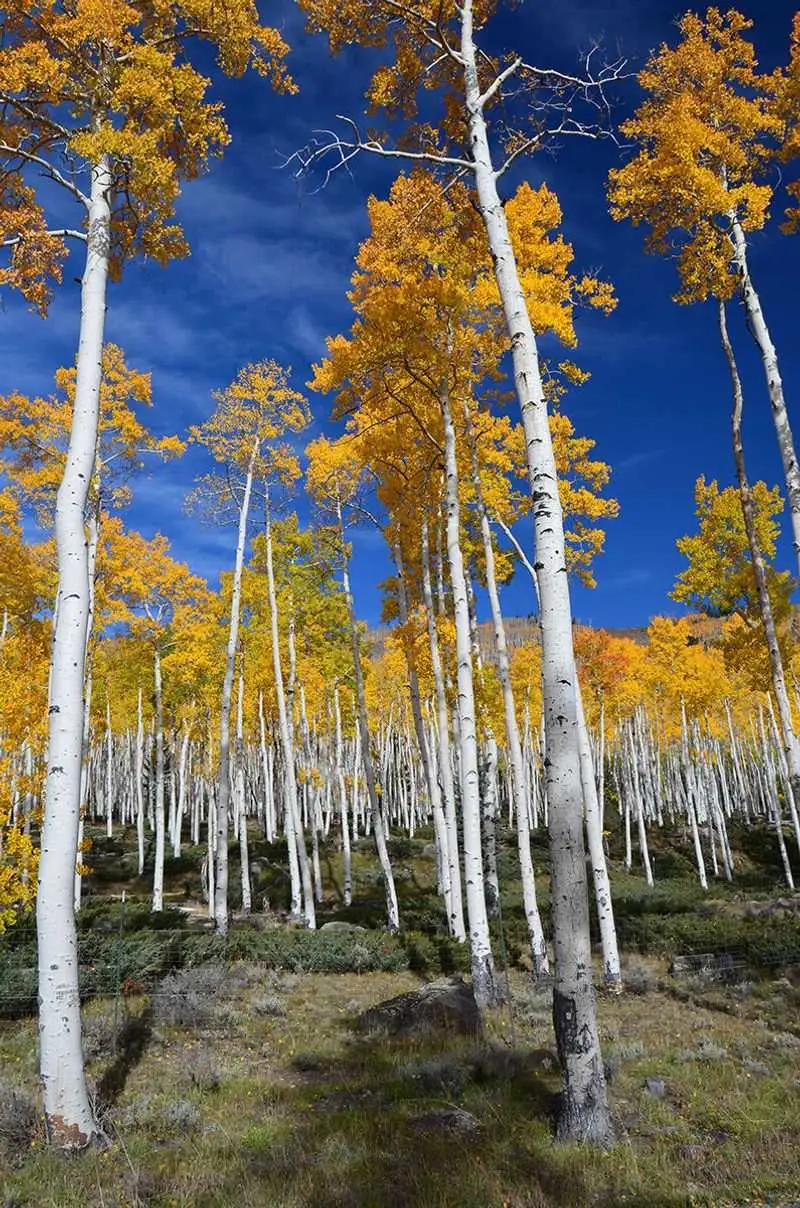
In Fishlake National Forest, Utah, the Pando Tree is not a single tree but a massive grove of genetically identical quaking aspens. Known as one of the largest living organisms on Earth, Pando is estimated to be thousands of years old. Its interconnected root system thrives beneath the surface, symbolizing unity and continuity. Visitors to Pando are enchanted by the golden hues of its leaves, marveling at the vastness of this natural wonder and its enduring presence in the landscape.
The Emancipation Oak
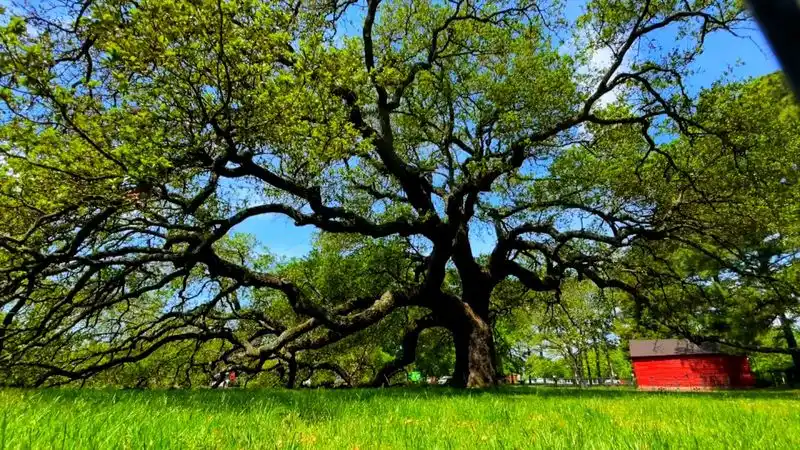
Located on the campus of Hampton University in Virginia, the Emancipation Oak is a symbol of education and freedom. Under its expansive branches, the first southern reading of the Emancipation Proclamation took place in 1863. The tree stands as a testament to the power of education in transforming lives and promoting equality. Students and visitors alike gather under its shade, inspired by its historical significance and the enduring message of hope and progress it represents.
The Endicott Pear Tree
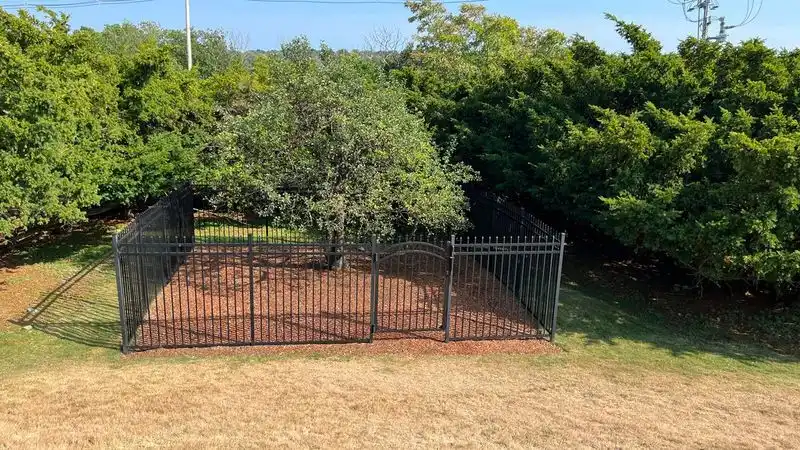
The Endicott Pear Tree, located in Danvers, Massachusetts, is believed to be the oldest cultivated fruit tree in North America, dating back to the early 1600s. While it has survived numerous storms and challenges over the centuries, it continues to bear fruit. This resilient tree, surrounded by colorful blooms and a charming picket fence, is a living testament to the enduring spirit of cultivation and growth, symbolizing the perseverance and history of early settlers.
The Witness Tree
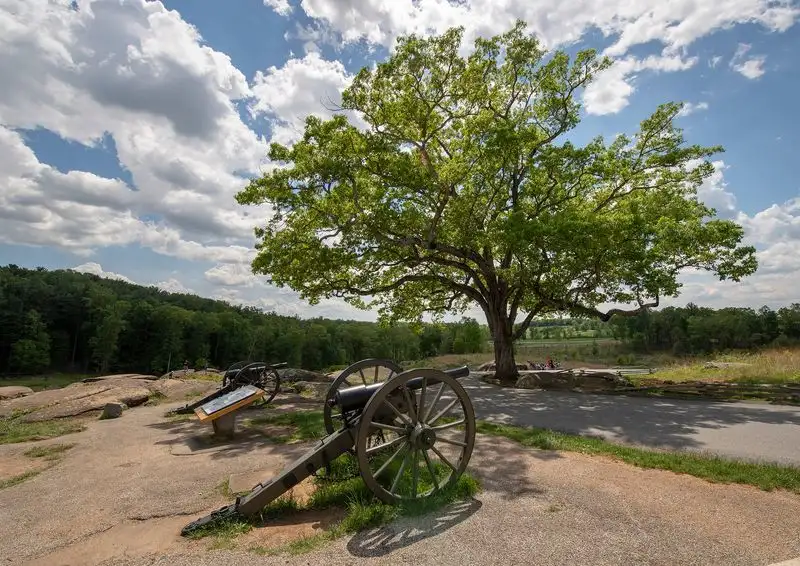
The Witness Tree at Gettysburg, Pennsylvania, stands as a solemn reminder of the Civil War’s impact. Positioned on the hallowed grounds of the Gettysburg battlefield, this oak tree bore witness to the three-day conflict that changed the course of American history. Its strong trunk and unwavering branches stand as silent witnesses to the sacrifices made. Visitors today can reflect on the courage and resilience of those who fought, as they stand beneath the same branches that sheltered soldiers long ago.
The Lone Cypress
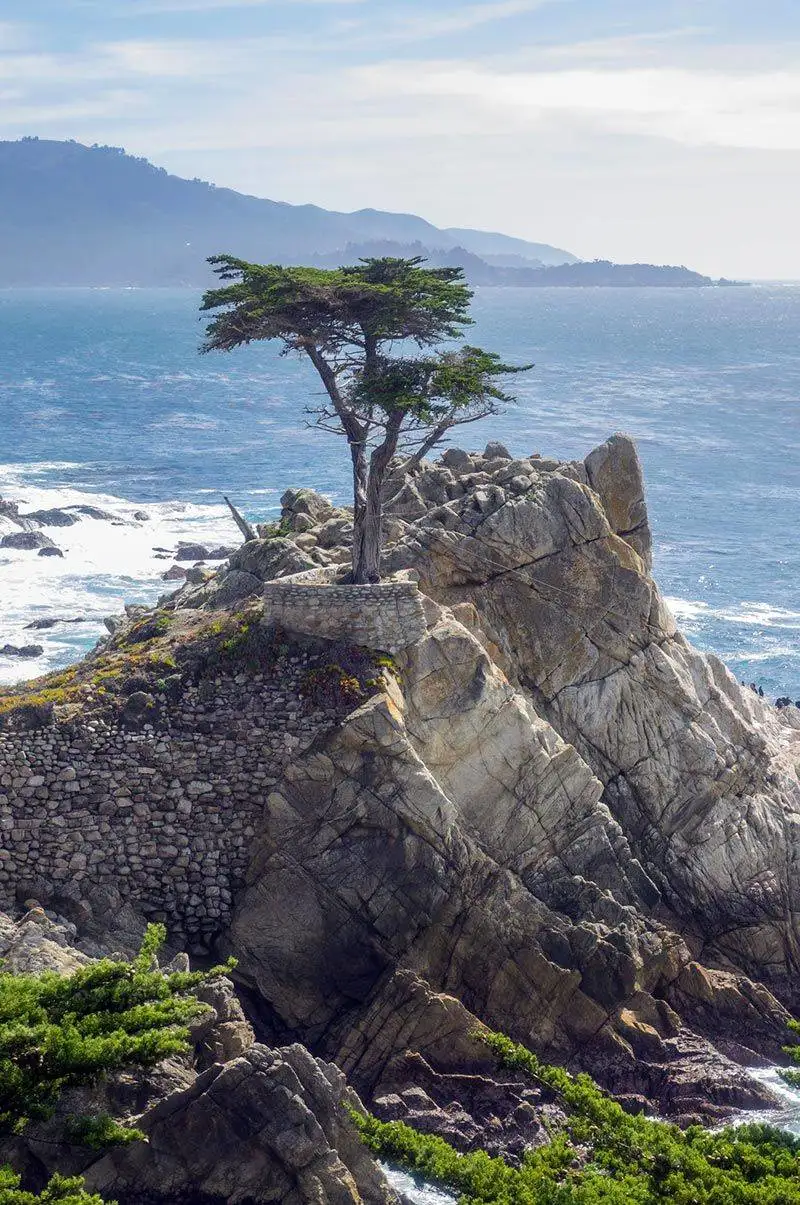
Perhaps one of the most photographed trees in the world, the Lone Cypress stands alone on the rocky shores of Pebble Beach, California. This iconic Monterey cypress has defied the odds for over 250 years, clinging to its precarious perch against the relentless forces of nature. With its rugged beauty and dramatic ocean backdrop, the Lone Cypress embodies solitude and resilience, captivating visitors from around the globe who marvel at its tenacity and natural elegance.
The General Sherman Tree
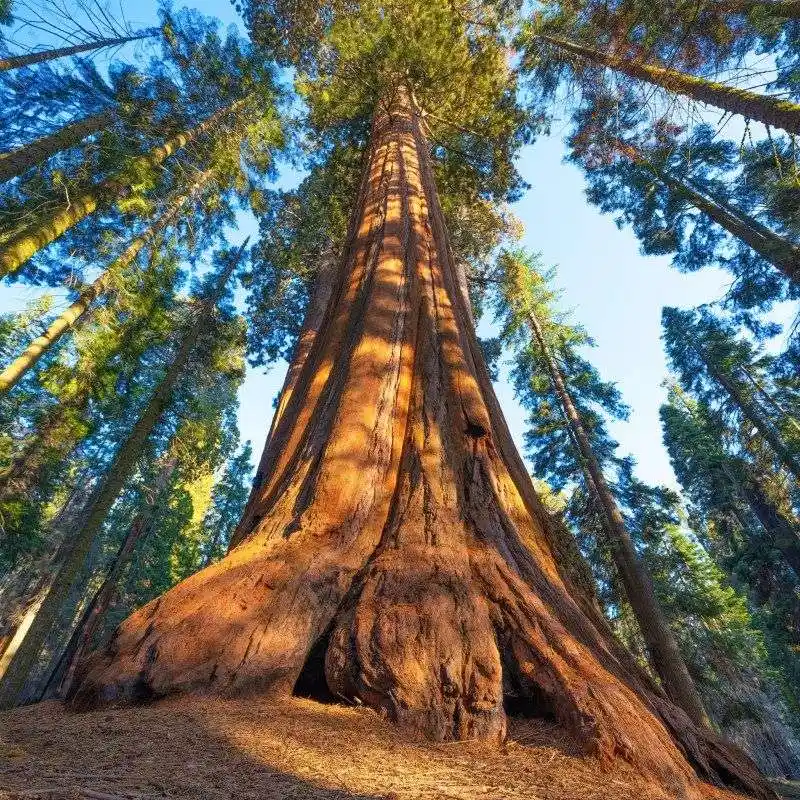
Deep within Sequoia National Park, California, the General Sherman Tree is known as the largest living tree on Earth by volume. Its colossal trunk and towering height command respect and reverence from all who stand in its presence. This giant sequoia, estimated to be over 2,000 years old, serves as a testament to the grandeur and resilience of nature. Visitors are drawn to its awe-inspiring presence, marveling at the sheer scale and majesty of this natural wonder.

